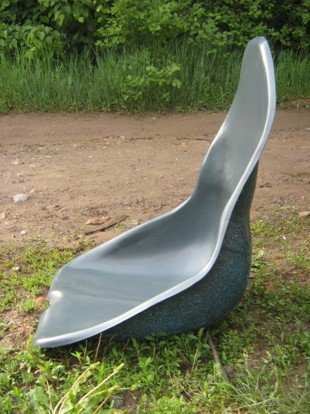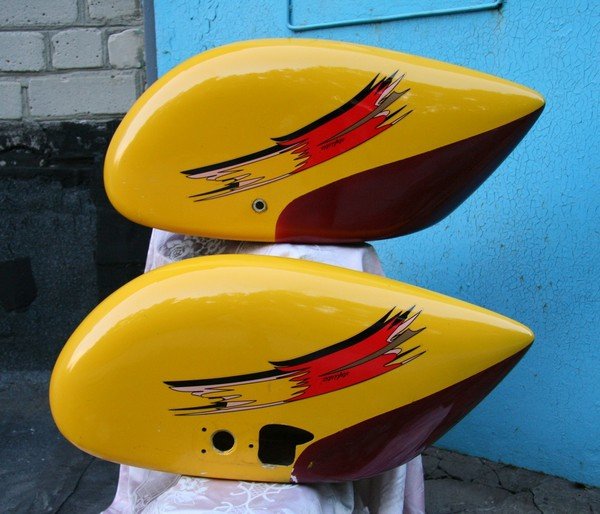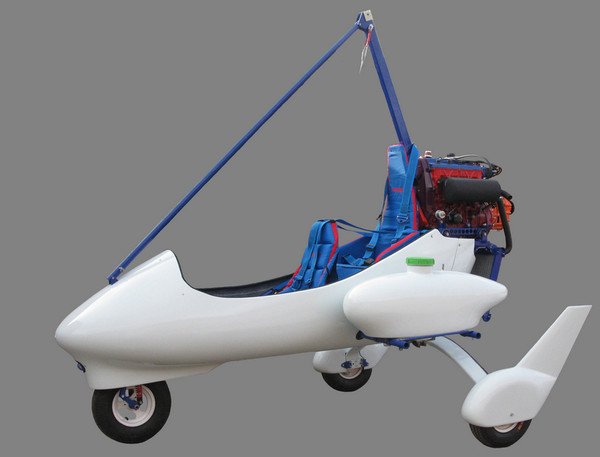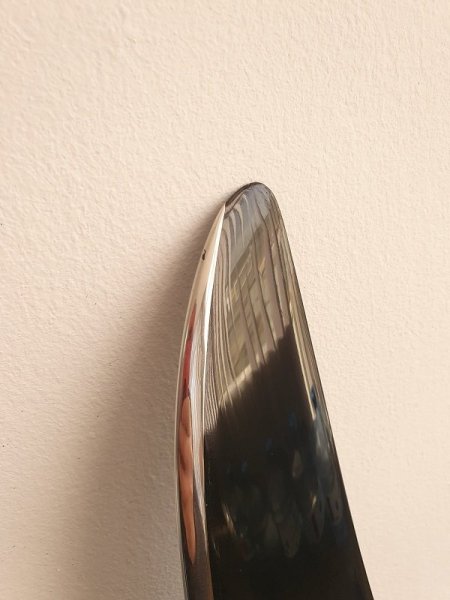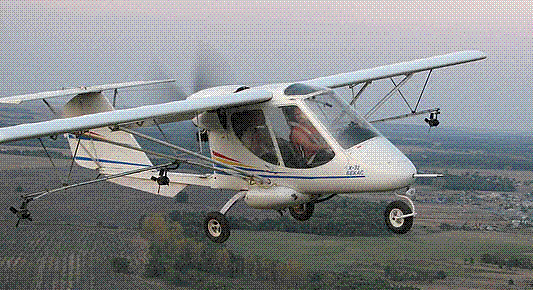-
Posts
85 -
Joined
-
Last visited
-
Days Won
4
Content Type
Profiles
Forums
Gallery
Downloads
Blogs
Events
Store
Aircraft
Resources
Tutorials
Articles
Classifieds
Movies
Books
Community Map
Quizzes
Videos Directory
Everything posted by meglin
-
We don’t like carbon fibre because it produces sharp cutting edges when it breaks down. So we never make carbon seats.
-
As a manufacturer of airplanes in the past, I responsibly declare that the mass of empty - this is the first indicator that must be checked in the aircraft form when it is accepted.
-
Which wheel pants are preferable - fiberglass or carbon? We believe that epoxy fiberglass obtained by vacuum molding with heating is the optimal solution. Such fiberglass is durable, light, resistant to ultraviolet and moisture, cheap, has a large life. However, now at the peak of popularity are products of carbon. Indeed, its unit strength is higher, the stiffness is also higher. As for the price, we have to offer carbon products 1.5 times more expensive when it is primed externally. When using decorative carbon with transparent coating, the price increases 2-2.5 times. We think it is too expensive. But fashion dictates its rules, wishing a lot. Maybe we are wrong and do not know something?
-
How good this work can be objectively judged only after: 1) comparing the weight, 2) comparing the condition after five years of operation in harsh ultraviolet conditions. Heated fiberglass epoxy provides significant advantages on both counts.
-
Dear colleagues, can you tell me how much are the wheel pants for the RV in demand? Which material is preferable - fiberglass, carbon fiber?
-
Once in a previous life, we in Kharkiv (Ukraine) designed and produced our ultralights, our triples, our wings. Tested, offered to the market. These are KHAZ-37, X-30, X-32, X-34 aircraft. These are trikes X-37, X-35. Now the company is no longer there. What's left? It remains the production of individual parts for trikes and ultralights. These are: 1) composite propellers 2) wooden propellers, 3) wheel fairings for wheels of different sizes, with and without a keel, 4) fiberglass seats, 5) plastic springs of the main chassis, 6) atomizers and pumps for spraying chemical solutions, 7) equipment for spraying biological plant protection products, 😎 plastic cabin fairings, 9) floats. Perhaps builders and owners of ultralights may be interested in this? I will be happy to answer all your questions.
-
- 1
-

-
Thank you all! Yes, some problems have to be overcome. As for the Mongolian side, they know me very well, and have repeatedly addressed me. I sent a lot of packages to them.
-
-
My opinion is this: it is very useful to try to design and manufacture a propeller, then you will know exactly what you are paying money for when ordering a new propeller.
-
My opinion is this: it is very useful to try to design and manufacture a propeller, then you will know exactly what you are paying money for when ordering a new propeller.
-
Sorry, I didn't find how to delete unnecessary messages.
-
Mon opinion est la suivante: il est très utile d'essayer de concevoir et de fabriquer une hélice, alors vous saurez exactement ce que vous payez en commandant une nouvelle hélice.
-

E-Props ...who has first hand experience with these
meglin replied to eightyknots's topic in Engines and Props
They are stubborn guys. If they said it, then they will do it. In the meantime, you can borrow from us :). -
I have no doubt. What does the packaging look like? What does the protractor look like? No covers?
-
Dear friends and colleagues! I understand how difficult it is for you to sort out our problems. We can't really figure this out ourselves. Here are two concepts for you to seed: Russian (by nationality) and Russian (citizenship). The automatic translator does not distinguish between these concepts. And we are very different. Journalists translate randomly, mostly incorrectly. Russian - nationality. Russian citizen - citizenship. I am Russian by nationality. And at the same time, I am a Ukrainian by citizenship. We're all mixed up here. Millions of Ukrainians live in Russia. Millions of Russians live in Ukraine. Therefore, when we read about the crimes of Russians in Ukraine, it hurts us, because we are talking about Russians, among whom there may be Chechens, Tatars, Bashkirs, Buryats, Kalmyks, etc. In our Ukraine, parties were banned without a trial, the press and TV channels were banned. Russian Russian is spoken by everyone in our city, there is not a single sign in Russian, there is not a single TV channel or newspaper, there is not a single school. Although everything used to be. Even in the subway, stops were announced in two languages. This cannot but offend half of the population of Ukraine. This is an unfair and stupid policy. And Russia uses it.
- 108 replies
-
- 12
-

-

-

-
I think we are risking more when we continue to fulfill your orders during air raids and shelling. We just turn on the music louder so that we don't hear the sound of the siren.
-
Yep done that. That actually encouraged me to look seriously at the Meglin. Trouble is, the Ukraine factory want the whole price up front and then it's a 4 month turnaround before you get the prop. That made me a bit nervous when Russia is knocking on their doorstep - I really hope there's no invasion, but there is a risk that manufacturing could be disrupted and there's no guarantees. So going with the Bolly, they advise 70" 3 blade for STOL or 66" 3 blade for better cruise. My initial reaction is 70", but there's another 2 inches less clearance so down to 150mm instead of 200. Currently, two packages with propellers are flying to you and three more are ready for shipment. Choose any - from 63 to 79". Despite the daily shelling, we are working. Your orders are the most important support for us.
-
Dear Marty, did you get the propeller? What are your impressions? I am waiting for new impressions and photos! Currently, two packages with propellers are flying to you and two more are ready for shipment. Despite the daily shelling, we are working. And your attention and support are very important to us.
-
Dear friends! Colleagues! Thank God we are alive and well. I am in the same place where I was, in the city of Kharkiv. Yes, the shelling is underway, but we are working, sending out propellers and plastic fairings all over the world. Two parcels are flying to Australia, one is flying to the USA, yesterday one parcel arrived in France. Yes, I took part in the creation of this aircraft. Yes, I worked as a leading and chief designer of the company Lilienthal. Yes, I have conducted a full cycle of static tests for about 120 design cases in a certified strength laboratory, certified flight and ground tests, prepared operational documentation and strength calculations. I also managed to bring to life a 3-seater version of the aircraft - the X-34. Unfortunately, the company is not functioning and has lost its developer certificate. Currently, interested parties have applied for an additional type certificate and a developer certificate that allows you to officially renew the resource. Before that, I took part in the work of an organization that had this certificate. So I don't see any particular problems with obtaining documentation, consultations and, if necessary, the departure of specialists to the site. Previously, we flew through Moscow, now we will probably have to fly from any European country. Another thing is that it is not easy to carry out serious repairs of fallen aircraft without having a bearing, tools, spare parts. We didn't see the extent of the damage. But I assure you that I try to answer any questions on the same day. And my website is known to all owners of this aircraft. Sincerely, Vladimir Meglinsky My website: http://propeller.mozello.com/ http://20151.umi.ru/
-

3 blade or 4 blade prop for Rotax 912 100hp
meglin replied to Peasant_Pilot's topic in Engines and Props
Great choice! Take care of the stones! -

3 blade or 4 blade prop for Rotax 912 100hp
meglin replied to Peasant_Pilot's topic in Engines and Props
The best choice is made by those customers who order a 3-blade propeller and at the same time a 2-blade hub. They get incredibly many opportunities for their own research. And they also get one spare blade in case of using a 2-blade propeller. -

3 blade or 4 blade prop for Rotax 912 100hp
meglin replied to Peasant_Pilot's topic in Engines and Props
Hello, Rob! You didn't say anything about the geometric limitation of the diameter of the propeller on your plane. For a 100 hp motor, we supplied both a 2-bladed propeller with a diameter of 1840 and 2000 m, and 3-bladed propellers with a diameter of 1750 and 1840 mm, and 4-bladed propellers with a diameter of 1720 and 1770 mm. Even a 3-blade propeller with a diameter of 1600 mm works well on this engine! -
-

E-Props ...who has first hand experience with these
meglin replied to eightyknots's topic in Engines and Props
Laminated plastic, unlike metal, can. The layers rub against each other and turn energy into heat. -

E-Props ...who has first hand experience with these
meglin replied to eightyknots's topic in Engines and Props
It may seem strange to someone, but for a spring, it is not weight and strength that are important, but the ability to bend and the ability to absorb energy. Therefore, I do not understand the excessive strength of the spring. It is important for me to know first of all the course of the spring. We produce our own fiberglass springs for our aircraft. Why fiberglass? Because it has a lower elastic modulus, it is more flexible. The operating stroke of the spring is 200+ / -20 mm. This allows you to significantly reduce the overload during landing.











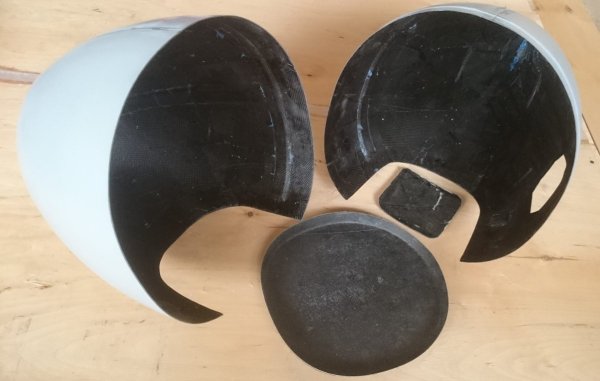
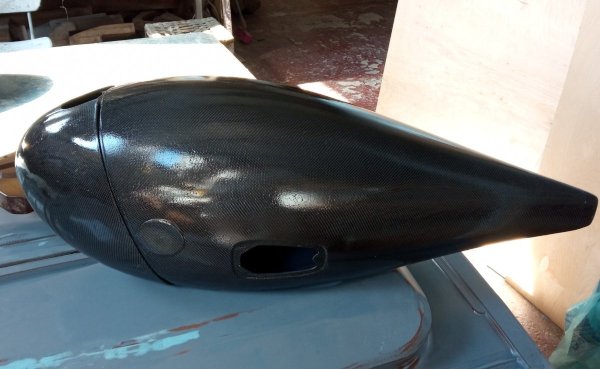
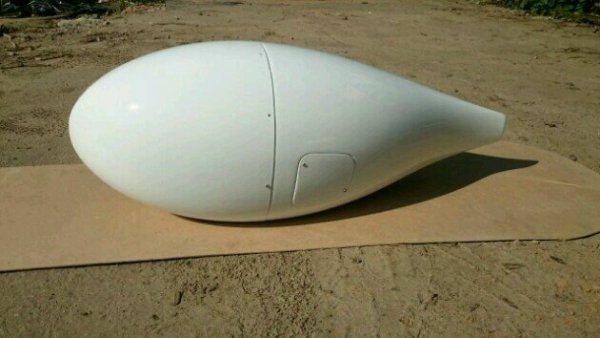
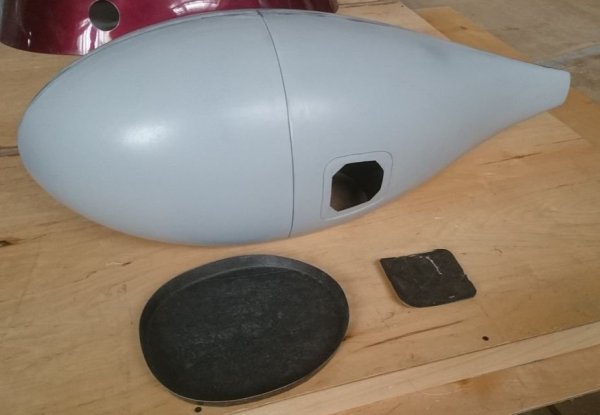
.thumb.jpg.811fbc1c4489504466b664eb938623e6.jpg)
